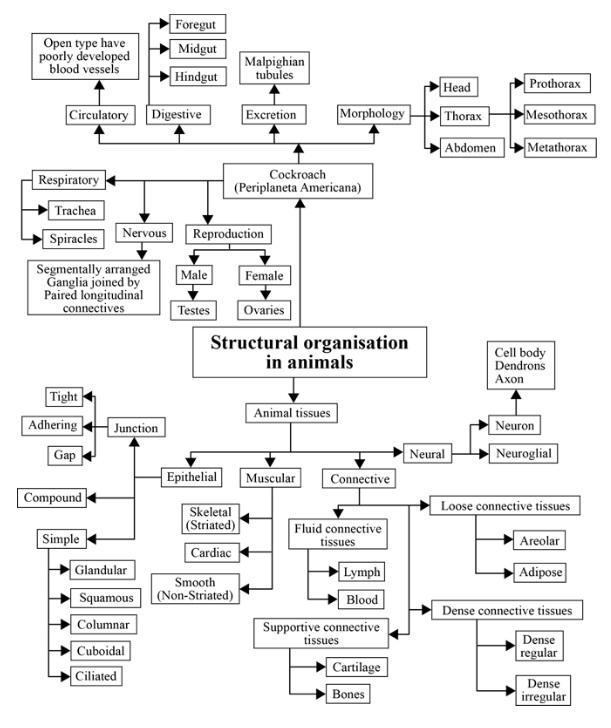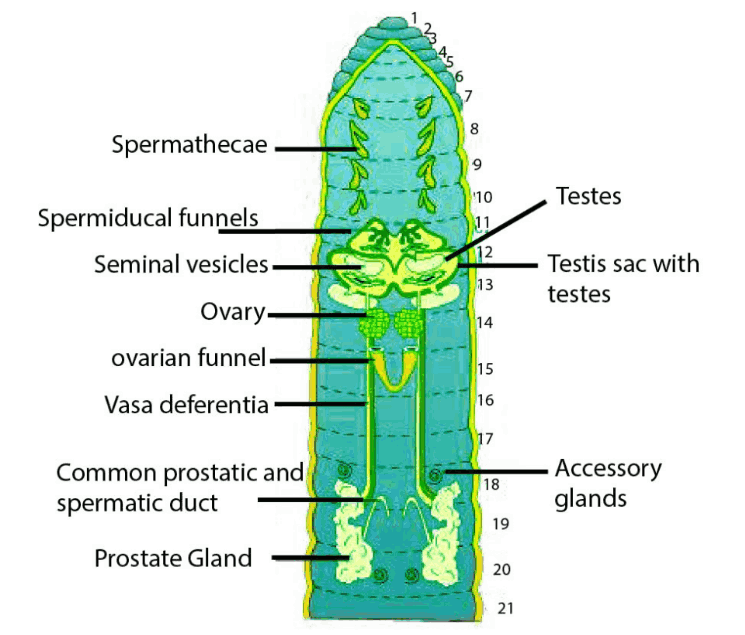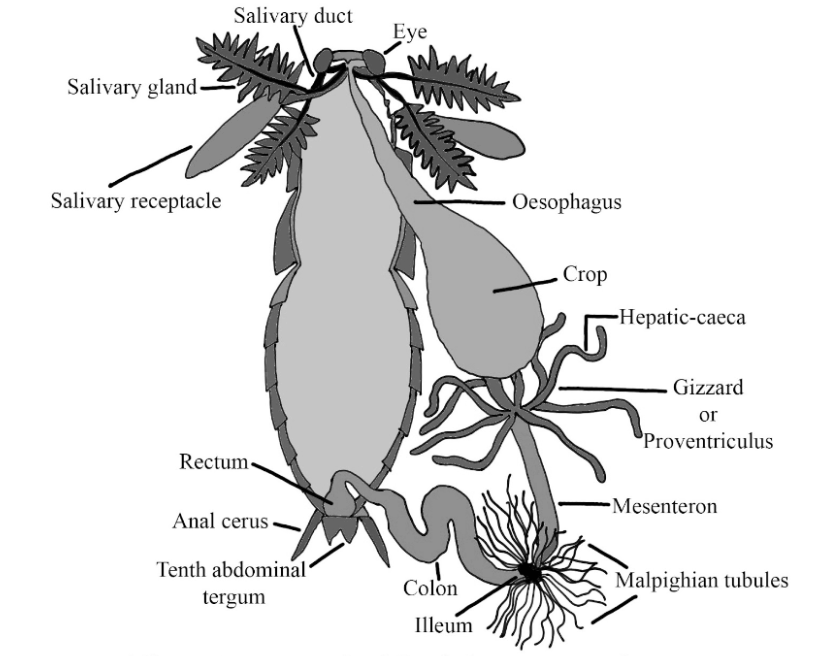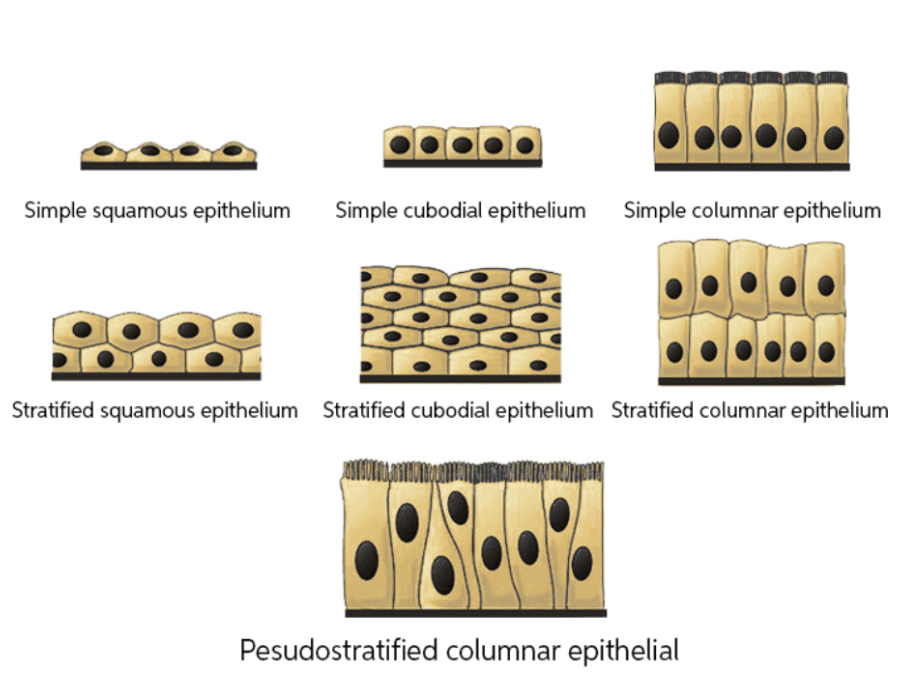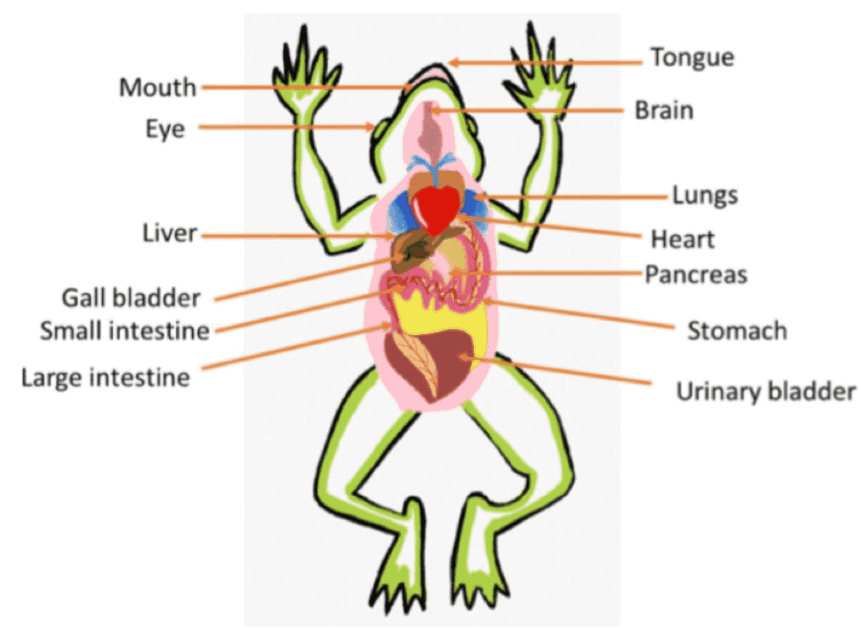NCERT Solutions for Class 11 Biology Chapter 7 - Structural Organisation in Animals
FAQs on NCERT Solutions for Class 11 Biology Chapter 7 Structural Organisation In Animals
1. What is the nephridia's function and how many types of nephridia are found in earthworms?
Nephridia help in excretion as well as osmoregulation in earthworms. There are three types of nephridia that are found in earthworms. These can be classified based on their location. These are septal nephridia, which is located on both the sides of segment 15's intersegmental septa, integumentary nephridia, which is basically attached to the body wall's lining of segment 3, and pharyngeal nephridia, which is located in the fourth, fifth, as well as sixth segments.
2. Distinguish between simple epithelium as well as compound epithelium.
The simple epithelium is made up of one layer of cells while a compound epithelium is made up of multiple layers of cells. The simple epithelium gets involved in the function of secretion as well as absorption in animals. The compound epithelium, on the other hand, is involved in the process of the body's protection. The simple one is present in the intestine as well as stomach lining. In contrast, the compound one is present in the pharynx and buccal cavity's lining.
3. What are the benefits of NCERT solutions for Class 11 Biology Chapter 7?
Chapter 7 of Class 11 Biology talks about the structural organization in animals. Listed below are a few of the benefits of Vedantu’s NCERT Solutions for Class 11 Biology Chapter 7:
The content is available in PDF format where all the concepts are explained in a detailed manner.
All the exercises and questions are based on the CBSE syllabus.
The solutions are prepared by experienced subject matter experts.
These solutions are available for free on Vedantu’s website (vedantu.com).
The solutions can be accessed through Vedantu's website as well as the app.
4. What are the important topics of CBSE NCERT Solutions for Class 11 Biology Chapter 7?
Vedantu provides NCERT Solutions for Class 11 Biology Chapter 7 on its website, covering all the concepts in a precise as well as detailed manner. Below listed are some of the important topics in this chapter:
Tissue
Animal tissues - Epithelial tissues/Connective tissues/Muscle tissues/Neural tissues
Neuroglial cell
The function of Nephridia and types of Nephridium
Prostomium and Peristomium
Cellular components of blood
Simple and Compound glands
Cardiac and Striated muscles.
5. What is the structural organization of an Animal according to the Class 11 Syllabus?
Whether it is animals or any other living creature, all follow the same structural organisation. A living organism begins as a small unit which is known as a ‘cell’. It is usually responsible for carrying future life functions. The bunch of cell components that form together and perform the same function leads to the formation of ‘tissues’. Likewise, when tissues form a group to perform specific tasks, they form ‘organs’ and then the organ system.
6. What are Chondrocytes and where are they found?
Chondrocytes are the types of cells that are used for the formation of cartilage. Its structure is similar to a polygon. It usually consists of collagen and proteoglycans. They are found in the articular cartilage in the intervertebral discs in any of the desired forms of AC. These are only the cells that are located in the cartilage. The function of chondrocytes involves the production and maintenance of the cartilage matrix.
7. What is Animal Tissue?
The bunch of cell components that form together and perform the same function leads to the formation of ‘tissues’. When the cells of animals come or are gathered together, they form animal tissue. These tissues differ in a few factors like origination, functioning, and structuring. They are divided into four broad categories namely, Epithelial tissues, Muscular tissues, Connective tissues, and Nervous tissues.























